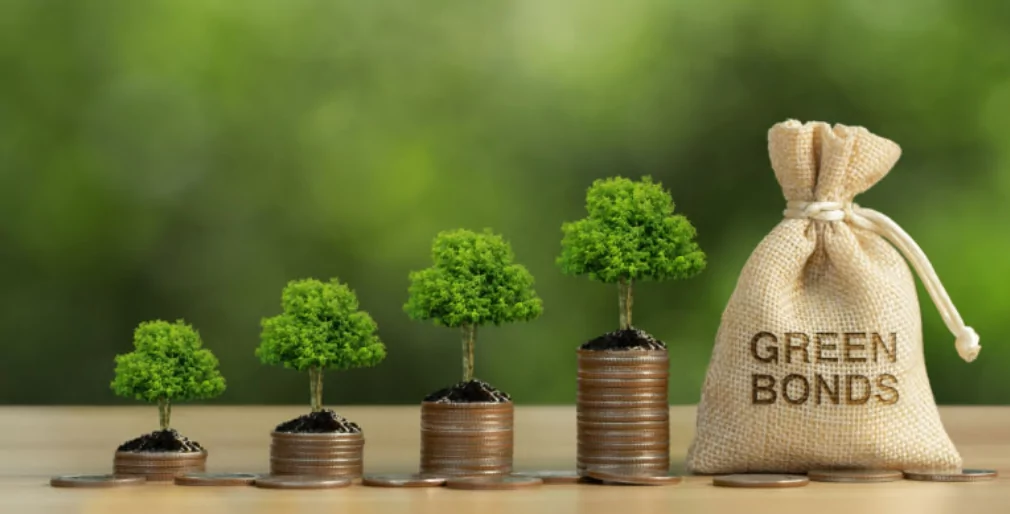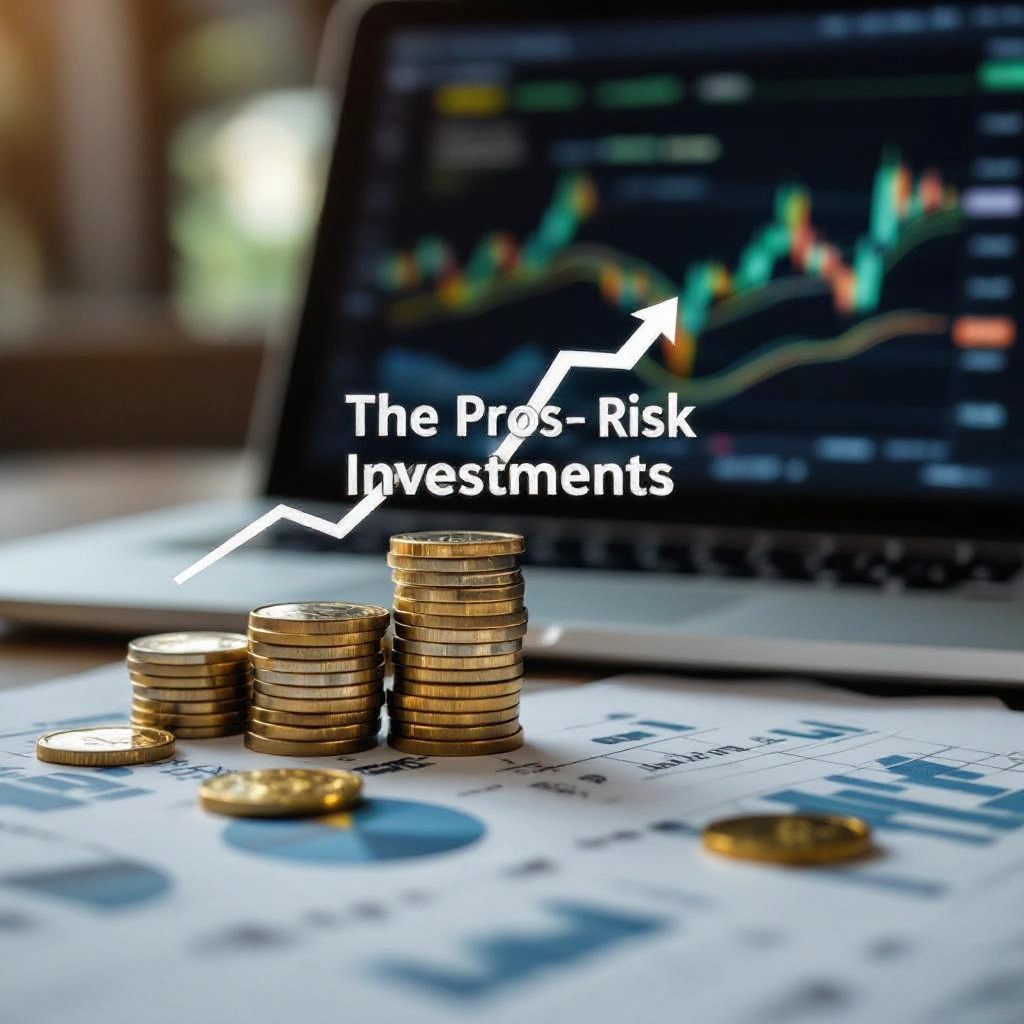Due to climate change and environmental pollution, there is a growing urgency for the world to take action. Green bonds have emerged as a new financial tool to address these challenges, gaining significant attention as a key source of funding for environmental projects that promote sustainability and increased green spaces. This article discusses the rise of green bonds in different sectors, their influence on the financial market, and their importance in supporting sustainable development. It also considers the potential future for green bonds.
What do Green Bonds refer to?
Green bonds are bonds that provide fixed income and are intended to finance projects that are environmentally friendly. These projects can cover a range of areas such as renewable energy, energy efficiency, clean transportation, sustainable agriculture, and water management.
Green bonds are crucial for two reasons: they offer a financial return for investors while also playing a role in combating global climate change.
The concept of green bonds gained widespread recognition in 2007 when the European Investment Bank introduced the first green bond reserved for funding renewable energy projects. Since then, the market for green bonds has grown significantly, with an increasing number of companies, local governments, and national governments issuing green bonds to finance their sustainable development initiatives.
Development of the Green Bond Market
The green bond market has shown substantial growth consistently for several years. According to Credit Suisse’s OnEarth publication, the climate bond market increased from $3 billion in 2010 to $400 billion in 2010. This growth has been consistent month after month and is attributed to a heightened awareness of climate change, the implementation of effective laws and systems by various countries, and a shift towards sustainable finance as the preferred investment option.
Pension funds and insurance companies are increasingly considering green bonds as a significant component of their investment portfolios. One reason for this shift is their growing awareness of the potential for sustainable business investments to yield competitive returns or expose them to the inherent risks of public utility infrastructure development. Today, there is a continued rise in demand for destinations, which are already facing challenges due to excessive demand leading to emergencies. Additionally, a global transition towards alternative fuels is underway, making hot-air systems essential.
Furthermore, regulatory systems are falling behind. National governments and other authorities are beginning to release guidelines that encourage the issuance of green bonds and provide investors with greater transparency.
The Impact
Green bonds are essential in the transition to a sustainable economy by providing funding for projects that benefit the environment. By investing in initiatives that promote renewable energy and reduce energy consumption, they accelerate the development of green infrastructure and contribute to better land use practices.
Check out this. Using green bonds to finance solar and wind energy projects. These projects not only reduce reliance on fossil fuels, but also provide job opportunities for local residents and boost local economies. The success or failure of sustainable projects in developing countries often relies on green bonds, as accessing capital can be challenging. By attracting investment from around the world, green bonds can support large projects and help with their implementation.
Challenges and Opportunities for Future Growth
The green bond market is growing quickly, but there are still several concerning issues at hand. One such concern is what happens if a project is labeled as “green” but in reality has no true ecological impact or even has a negative impact – how should this be addressed? This is why organizations and regulators are implementing stricter standards and certification processes to ensure that green bonds truly live up to their intended environmentally friendly purpose.
Furthermore, as the demand for green bonds increases, more funds need to be invested in them to provide support. New issuers are required to develop a collection of genuine green projects for investors to consider. Achieving this requires collaboration between governments, the private sector, and financial institutions – all aiming for advancements in sustainability.
Therefore, we can predict that green bonds will instill confidence in people in the future. As more investors consider ESG factors in their decision-making process, green bonds will play a significant role in shaping the financial landscape. Sustainability will continue to progress alongside advancements in technology and government support for green bonds. By enabling green bonds, we are breaking away from traditional finance practices that perpetuate poverty. Not only do green bonds bring together environmental equipment manufacturers, but they also provide a convenient avenue for capital to flow without straying from the normative context. Green bonds offer dual protection, serving as insurance against unexpected events like spikes in oil prices or pollution levels. By investing in a resilient future through green bonds, we can diversify our portfolios and safeguard against career uncertainties. Our children will appreciate the paths we pave for them. With the world moving towards sustainability, green bonds are poised to become a prominent player in the array of financial strategies that will support this transition.






